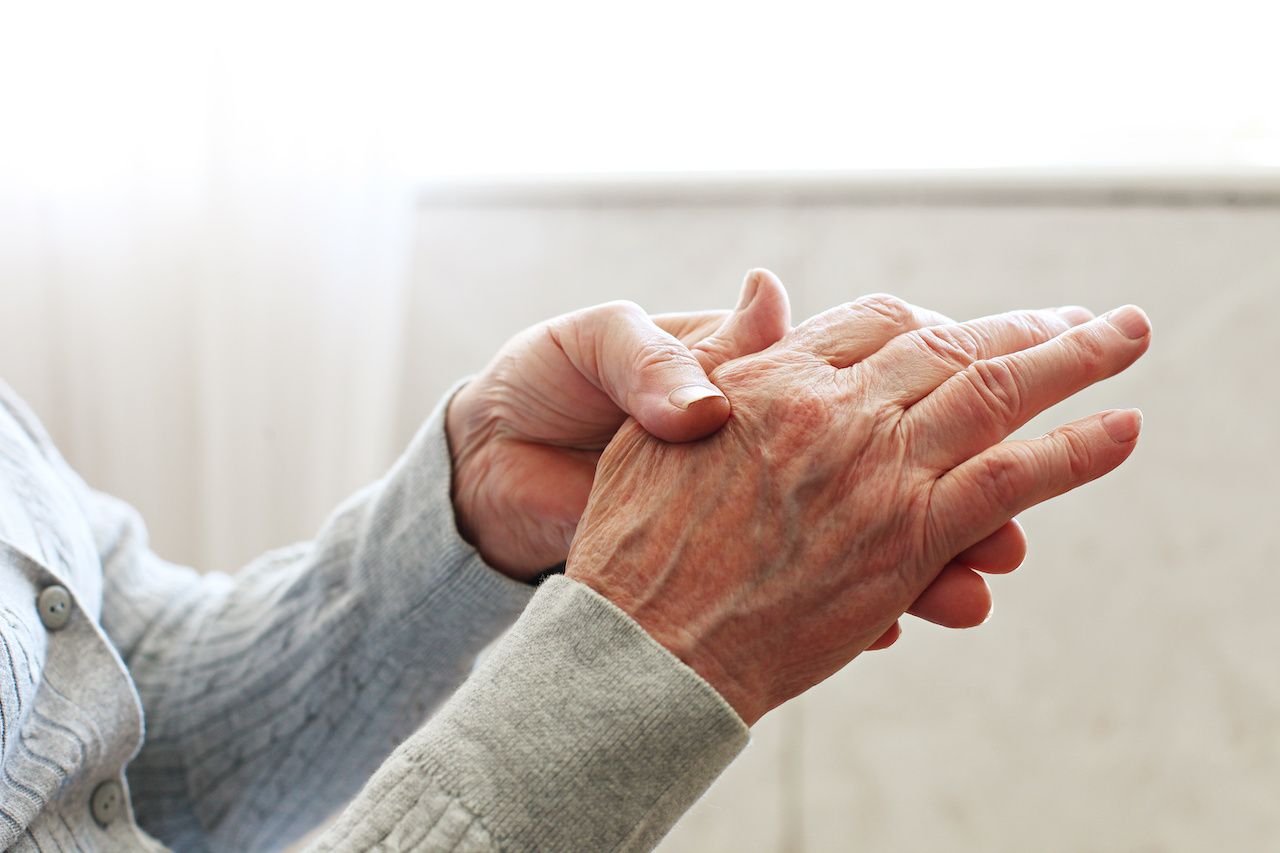Article
Men More Likely Than Women to Have Deep Brain Stimulation for Certain PD Symptoms
Author(s):
Researchers found that people who had deep brain stimulation (DBS) for medication refractory tremor were predominantly men.
A recent study looked at whether the characteristics of Parkinson disease (PD) patients differ based on the primary indication for deep brain stimulation (DBS), meaning medication refractory tremor or motor fluctuations.
After reviewing 149 consecutive PD patients who underwent DBS at the University of Virginia, researchers found that people who had DBS for medication refractory tremor were predominantly men.
DBS is an approved treatment for certain symptoms that are refractory to oral medications. Motor fluctuations refer to the vacillation between “on” periods (when motor symptoms are improved by medication) and “off” periods (when medication response wanes or stops). Motor fluctuations may or may not be accompanied by dyskinesias.
In PD, DBS is also indicated for a disabling tremor that persists despite adequate trials of dopaminergic medications or when patients have dose-limiting side effects.
No studies have explicitly investigated whether patient characteristics differ depending on the primary indication for surgery, although prior studies suggest that there may be a greater proportion of men who undergo DBS for medication refractory tremor. This study sought to determine if the characteristics of PD patients, including sex, disease characteristics, Unified PD Rating Scale scores, and cognitive scores differ depending on their primary indication for DBS surgery.
Researchers obtained patient characteristics from a clinical database and chart review of people who had undergone their first deep brain stimulation procedure between January 1, 2010, and August 31, 2017. Primary surgical indication was determined based on an independent evaluation by a movement disorders neurologist experienced with DBS, in conjunction with patient-reported symptoms. Patients were assigned to the following groups:
- Medication refractory tremor
- Motor fluctuations (with or without dyskinesias)
- Motor fluctuations and tremor (when neither could be determined to be the primary indication)
- Adverse effects of medications
- Dystonia
Within the medication refractory tremor group, the maximal levodopa equivalent daily dose was determined for each patient.
Patients who had DBS for motor fluctuations approximated the gender distribution of PD, which is 3 men for every 2 women.
Twenty-nine (93.5%) of 31 PD patients who underwent DBS for medication refractory tremor were men, and 66 (62.3%) of 106 PD patients who underwent DBS for motor fluctuations were men (P = .001).
Other primary indications for DBS were tremor and fluctuations (n = 5), medication intolerance (n = 5), and dystonia (n = 2).
Potential explanations for the difference in who has surgery may include that men are more likely to have refractory tremor, or that there is clinician bias and they are more likely to refer male patients for surgical treatment than women. Another possible explanation is that men are more likely to pursue surgical intervention for medication refractory tremor than women.
Understanding the biological or social determinants of this disparity may influence future treatment approaches, the researchers said.
Reference
Dalrymple WA, Pusso A, Sperling SA, et al. Comparison of Parkinson’s disease patients’ characteristics by indication for deep brain stimulation: men are more likely to have DBS for tremor [published online September 17, 2019]. Tremor Other Hyperkinet Mov (NY). doi: 10.7916/tohm.v0.676.




